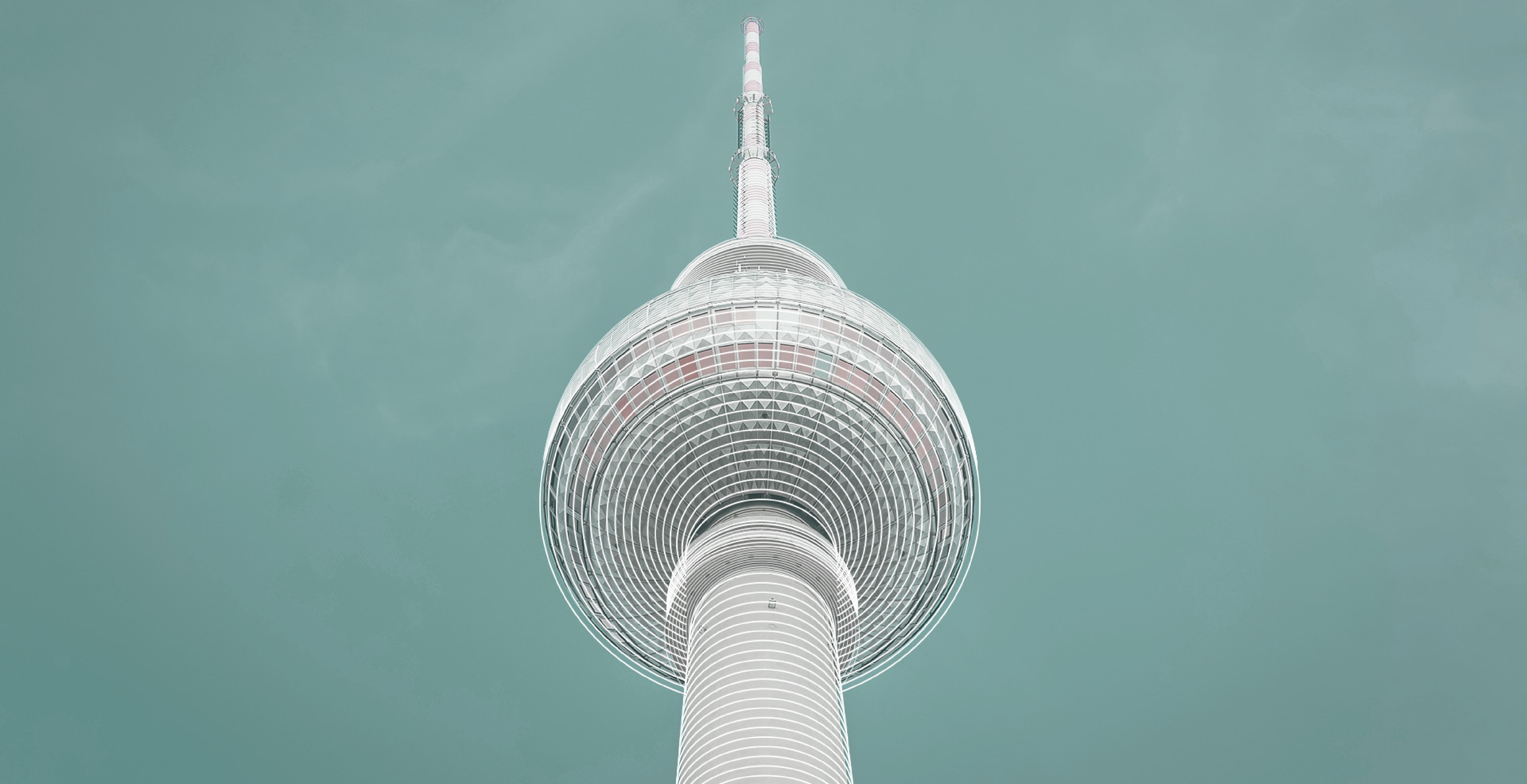
 back
back
Article IT and Data Protection Intellectual Property, Media, and Art Law Competition, Retail and Consumer Law Patent Law | 14/09/21 | 6 min. | Océane Millon de La Verteville Charles Bouffier
Under what conditions can a party to an IP infringement action, who benefits from a favorable court decision, communicate about this decision?
In a previous flash[1] and a more complete study on this issue[2], we commented on a decision of the Court of Appeal of Paris of March 3, 2020, which was particularly lenient towards a patent holder (JCB), which had published a press release stating that a preliminary injunction had been issued against one of its competitors (Manitou). The press release was not without a certain degree of virulence[3] and had been published on the eve of an international trade fair. The Court of Appeal nevertheless ruled that the manifest illegality of the disturbance that this press release had caused was not sufficiently characterised.
On 7 July 2021, the Court of Cassation dismissed the appeal lodged by Manitou against this appeal judgment in the following terms:
« 5. Having, by a sovereign assessment of the facts submitted to it, held that the title and content of the press release merely informed Internet users, in non-excessive terms, of the existence of a court decision handed down in favour of JCB a few days previously and which had issued a prohibition order against Manitou, the judgment noted that the press release expressly recalled the provisional nature of the decision handed down, and indicated the number of the patent concerned as well as the system specifically targeted by the prohibition. The judgment then held that, since the decision was public, it could be advertised, even though both the prohibition measure and the decision issuing it were "provisional". It also held that the disputed press release was not misleading in any way, as the mention of the appeal procedures and the judge who handed down the decision did not have to be specified once the provisional nature of the decision was indicated. Lastly, it held that the failure to refer to the rejection of the applications concerning the second patent was immaterial since the latter was not mentioned in the notice.
6. In this state, the Court of Appeal (...) was able to deduce that, despite the date on which the press release was published, a few days before a trade fair for professionals in the sector, which showed a deliberately offensive commercial strategy on the part of JCB, the manifestly unlawful nature of the alleged disturbance was not sufficiently established[4].
In so doing, the Supreme Court confirms that it is possible to communicate on a decision rendered even though :
In line with a particularly lenient jurisprudence for right holders[6], this validation by the Court of Cassation will undoubtedly encourage right holders to communicate as soon as the first favourable decision is obtained, even if it is provisional, or even to try to obtain as quickly as possible a decision settling at least part of the dispute, with the sole aim of communicating on it, even if it means "dragging out" the remainder of the procedure.
As identified in our previous articles, this could even lead rights holders to use the threat of communication around a court decision (even a provisional one) as a negotiating lever.
However, the leeway left to rights holders is not without limits. As the Supreme Court points out, it remains important, in particular, in order to escape the qualification of manifestly unlawful disturbance:
[1] https://www.august-debouzy.com/en/blog/1432-communication-around-an-infringement-decision-towards-greater-flexibility
[2] T. Lautier and C. Bouffier, " La divulgation d'une action en contrefaçon à l'épreuve du dénigrement " in Propriétés Intellectuelles, July 2020, n°76
[3] We had reproduced it in part in our previous flash
[4] Cass. Com. 7 July 2021, appeal 20-16094 available on : https://www.legifrance.gouv.fr/juri/id/JURITEXT000043782055?init=true&page=1&query=20-16.094&searchField=ALL&tab_selection=all
[5] In this regard, see also CA Paris, 7 May 2019, RG n° 17/14854, Estipharm c/ Medi-Vision
[6] See in particular: CA Paris, June 16, 2016, RG n° 15/02014, Mphasis c/ Protegys, (software); CA Paris, May 7, 2019, RG n° 17/14854, Estipharm c/ Medi-Vision, (patent); TJ Paris, Feb. 7, 2020, Lekiosque.fr c/ Toutabo (trademark)
[7] Cass. com., Oct. 18, 2017, Appeal No. 15-27136, Newmat v/ Normalu, available on : https://www.legifrance.gouv.fr/juri/id/JURITEXT000035849105
